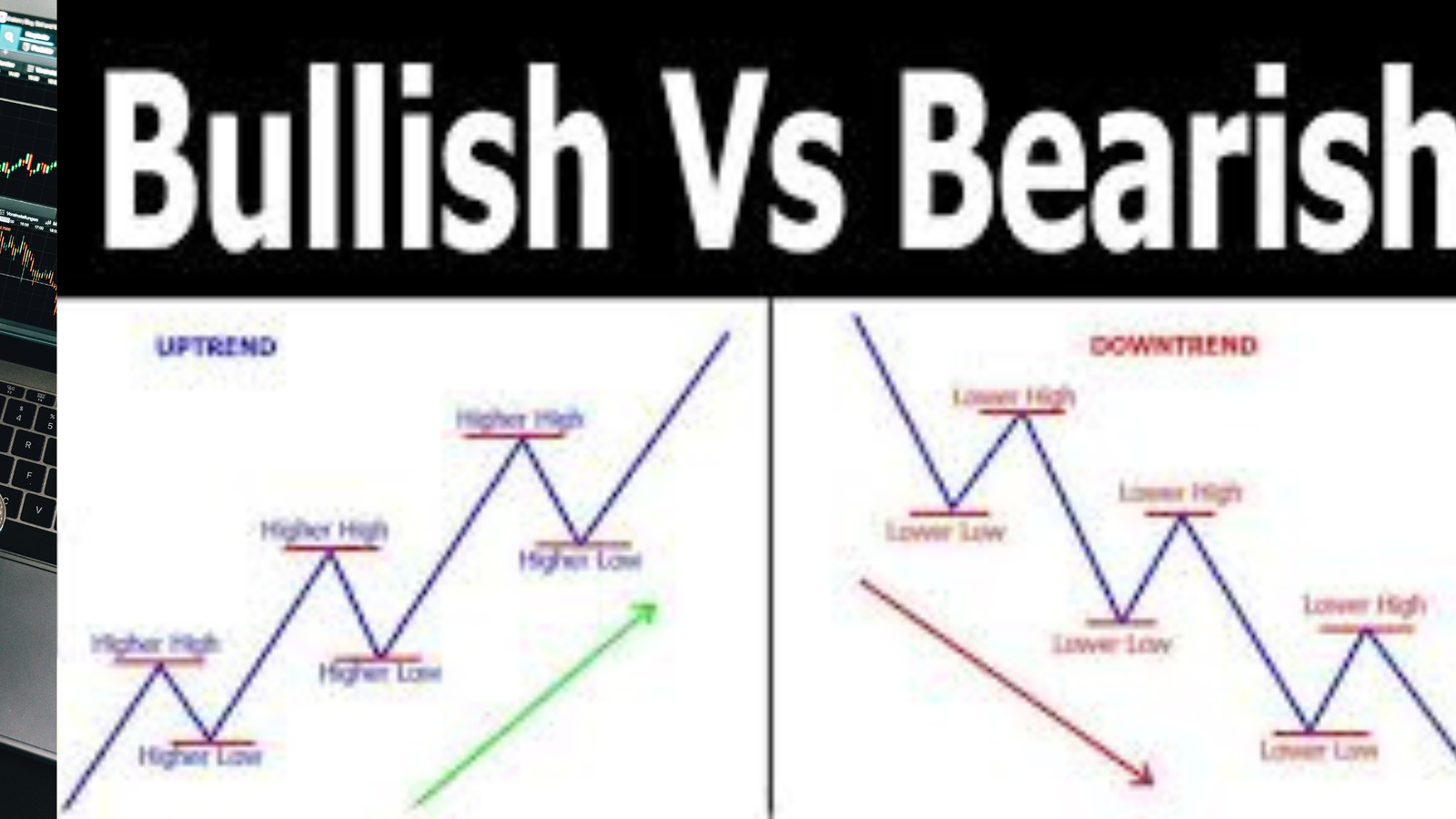Understanding Bearish and Bullish Trends in Financial Markets.
If you’ve ever heard of the terms “bearish” and “bullish,” you may be familiar with investing and financial markets. These are important terms in the understanding of market sentiment that will ultimately guide your investment decision-making. The explanation of the terms, their consequences on the markets, and how investors react to the trends must now be examined.
What Does Bullish Mean?
So, a bullish market/sentiment refers to a market believed to be buoyed by optimism. Therefore, a bullish investor often thinks prices, for a stock, sector, or market overall, will one day rise. This is alluded to from how bulls fight by driving their horns up ready to charge as a symbol of upward movement.
Also, most of the bullish markets will be characterized by:
A rise in prices over a long time.
A high measure of investor confidence.
High volumes of trading activity from the ever-open influx of optimistic market participants.
Often, economic indicators, such as GDP growth, low unemployment, and strong corporate earnings, coincide with bullish trends.
Response: Investors prefer to be buyers during a bull market because they are attempting to capitalize on the upward movement. These strategies include:
Buy-and-Hold: Holding investments for an extended period to wait out the period of growth.
Momentum Trading: Taking a position on short-term price movements in the direction of global trends.
Growth Investing: Targeting companies that are sure to grow rapidly in prosperous times.
What Does Bearish Mean?
A bearish market is very bleak in outlook. Investors believe prices will fall in a bearish market, just like the bear swats its paws downwards when it believes in a strike. A bearish market can affect individual stocks, sectors, or an entire index.
Characteristics of a Bear Market:
Decreasing prices, normally falling by 20% or more from recent highs.
An atmosphere that lowers investor confidence, based on fears of losses.
Decreased trading volume, as many investors retreat to safer assets.
Bearish trends are often accompanied by weakness in the economy, rising unemployment, and earnings reports that reflect negative results.
How to Respond:
Accordingly, this makes cautious investors resort to strategies like the following in a bearish period:
Short selling: Borrowing and selling shares on the stock market with hopes of repurchasing at lesser prices.
Safe-haven assets: Assets such as gold and bonds that investors flee toward for shelter.
Defensive investing: Stocks coming from defensive sectors such as utilities or consumer staples that tend to outperform in downtrends.
How to Navigate the Market Cycle
First, however, it is important to bear in mind that markets fluctuate constantly between bullish and bearish phases. Learning how to recognize these signals relating to market cycles and how to converge along with strategies could serve to mitigate risks while maximizing potential gains.
Stay Informed: Keep an Eye on Financial News, Earnings Announcements, and Economic Indicators.
Diversify Your Investments: Spread investments across different asset classes and sectors to reduce risk.
Set Your Own Long-Term Goals: Avoid being influenced by rallies or sell-offs at the short-term.
Conclusion
Final Thoughts
Whether bullish or bearish, each state presents a unique set of opportunities and challenges. And heeding the news and steering oneself to market channels should give therein a criterion to traverse cycles and work down to achieving their long-term investment goals.
Consider such options as HIX.AI, the best ChatGPT alternative, for further guidelines about investing, market trends, analyzing market dynamic events, and making financially worthwhile decisions.







